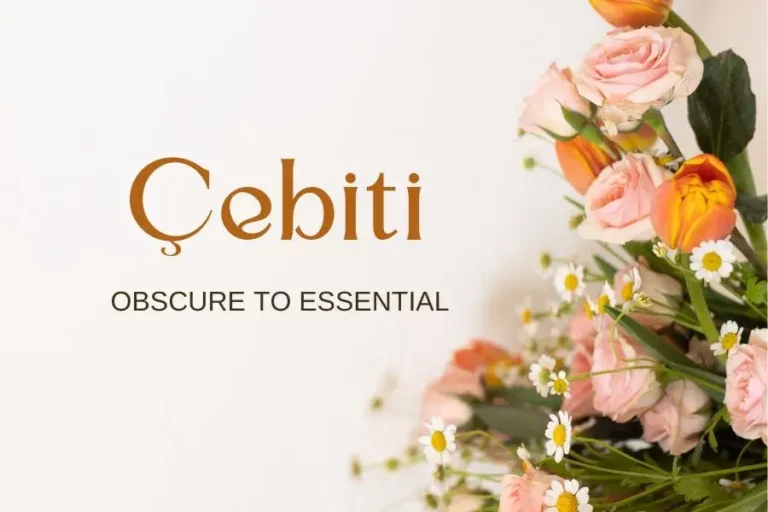Beyond the Brush: A Comprehensive Guide to a Holistic Oral Hygiene Routine

Brushing your teeth is an important part of maintaining good oral hygiene, but it’s just one piece of the puzzle. A holistic approach to oral health involves more than just brushing – it encompasses a range of practices and habits that work together to keep your mouth, teeth, and gums healthy.
In this comprehensive guide, we’ll dive into all aspects of a holistic oral hygiene routine, from the basics of brushing and flossing to more advanced techniques and tips for maintaining fresh breath and a bright smile. Let’s get started!
The Importance of Holistic Oral Hygiene
Before we jump into the specifics of a holistic oral hygiene routine, it’s important to understand why taking a comprehensive approach is so crucial to your overall health.
Oral health not only affects your mouth and teeth, but it also has far-reaching effects on your overall well-being. Poor oral hygiene can lead to a range of issues such as gum disease, tooth decay, bad breath, and even systemic diseases like heart disease and diabetes.
A holistic approach to oral hygiene takes into account all aspects of your dental health – including not just your teeth, but also your gums, tongue, and the surrounding tissues. By caring for your mouth as a whole, you can prevent oral health issues from arising and maintain optimal overall wellness.
The Basics of Brushing
Brushing your teeth is the foundation of any good oral hygiene routine. It helps remove plaque and food particles that can lead to cavities and gum disease.
When brushing, it’s important to use a soft-bristled toothbrush and fluoride toothpaste. Hold the brush at a 45-degree angle to your teeth and use gentle circular motions, paying special attention to the gum line and hard-to-reach areas. Be sure to brush for at least two minutes, twice a day.
The Power of Flossing
While brushing is important, it’s not enough on its own. Flossing helps remove plaque and food particles from between the teeth and along the gum line – areas that your toothbrush can’t reach.
To floss effectively, use a piece of floss about 18 inches long and wrap it around your index fingers. Gently slide the floss between each tooth, using a back-and-forth motion. Be sure to also clean along the gum line and behind your back teeth.
Mindful Mouthwash
Mouthwash is often seen as an optional step in oral hygiene, but it can play an important role in maintaining a healthy mouth. Look for an alcohol-free mouthwash that contains fluoride, which helps strengthen tooth enamel.
Mouthwash can also help freshenyour breath and reduce the amount of harmful bacteria in your mouth. Swish it around for 30 seconds after brushing and flossing, making sure to cover all areas of your mouth.
Don’t Forget Your Tongue
Many people overlook their tongue when it comes to oral hygiene, but it’s an important area to clean. Bacteria can accumulate on the surface of your tongue, leading to bad breath and potential health issues.
You can clean your tongue by gently brushing it with your toothbrush or using a tongue scraper. Be sure to reach as far back as you comfortably can and rinse well afterward.
A Healthy Diet for a Healthy Mouth
The foods you eat also play a vital role in maintaining good oral hygiene. Foods high in sugar and carbohydrates can lead to tooth decay, while foods rich in calcium and phosphates help strengthen your teeth.
In addition, crunchy fruits and vegetables like apples, carrots, and celery can help clean your teeth and massage your gums as you chew. Be sure to also drink plenty of water throughout the day – it helps wash away food particles and keeps your mouth hydrated.
Beyond the Brush: Advanced Techniques and Tips
While brushing, flossing, and a healthy diet are essential for maintaining good oral hygiene, there are other advanced techniques and tips you can incorporate into your routine to take it to the next level.
One technique is oil pulling, which involves swishing coconut or sesame oil in your mouth for 10-20 minutes to remove toxins and bacteria. Another tip is using a water flosser, which uses pressurized water to clean between the teeth and along the gum line.
You can also try incorporating natural remedies like tea tree oil or activated charcoal into your oral hygiene routine. For fresh breath, chewing on herbs like mint or parsley can help neutralize odors.
Maintaining Good Oral Hygiene Habits
Finally, it’s important to remember that good oral hygiene isn’t just about the actions you take – it’s also about creating and maintaining healthy habits.
Consistency is key when it comes to oral hygiene, and this includes regular visits to your dental professional. If you’re located in the Lone Star State, finding a reliable dentist in San Antonio who understands the intricacies of holistic dental care can enhance your routine significantly. These experts can provide personalized advice, professional cleanings, and treatments that help you sustain a healthy mouth.
Furthermore, routine check-ups allow for early detection of any potential issues, ensuring that small problems don’t escalate into major concerns. With the right dental professional by your side, you can continue to smile with confidence and enjoy the long-term benefits of a comprehensive oral hygiene routine. So don’t forget to schedule those regular check-ups and keep up the good habits!
Conclusion
A holistic approach to oral hygiene is essential for maintaining a healthy mouth, preventing dental issues, and promoting overall wellness. By following the basics of brushing and flossing, incorporating mindful practices like oil pulling and natural remedies, and staying consistent with routine dental visits, you can achieve optimal oral health and improve your overall quality of life.
So don’t neglect your oral hygiene – remember, a healthy mouth is the gateway to a healthier you!





